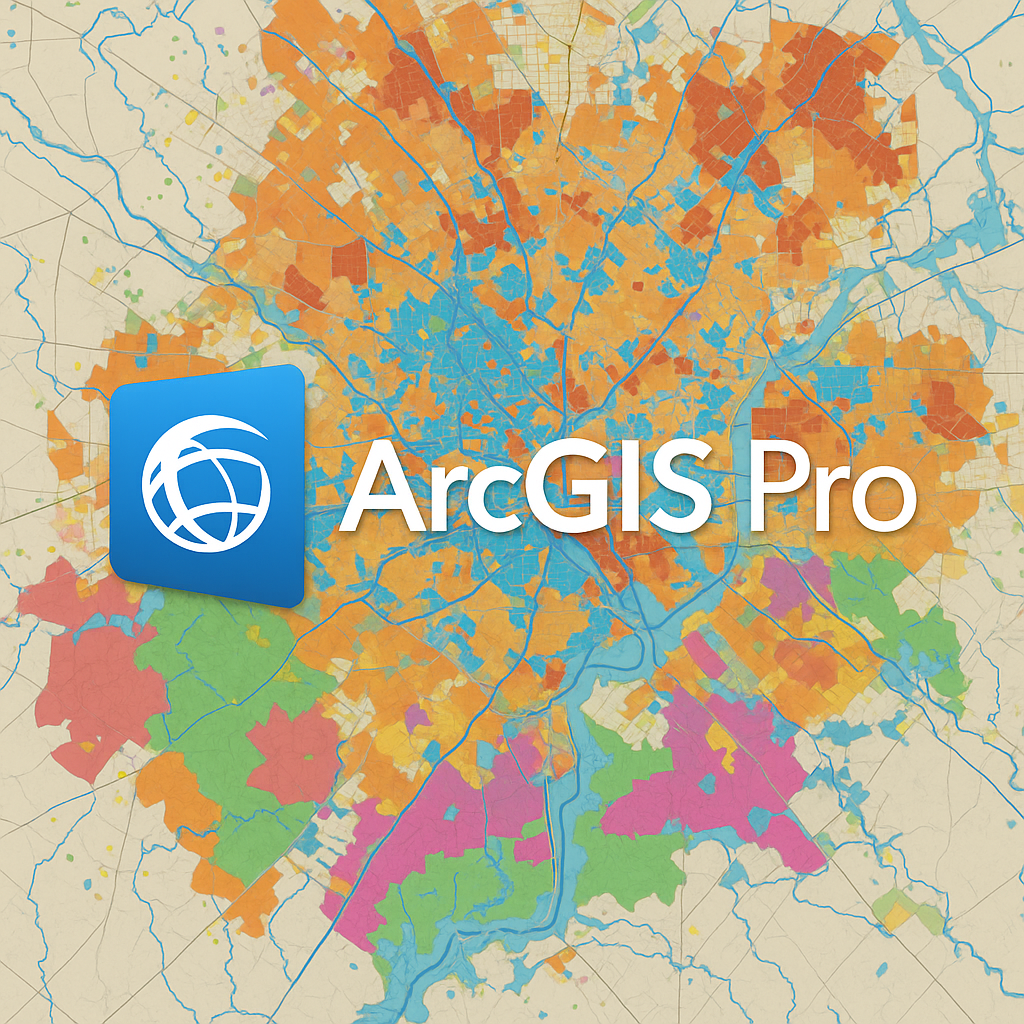The time has come. ArcGIS Desktop, including the beloved ArcMap, will officially retire on March 1, 2026. After decades of powering geospatial workflows across industries, this cornerstone GIS platform is reaching its end-of-life, marking a pivotal moment for organizations worldwide.
The retirement means Esri will cease development, updates, and technical support for the software, with only phone and chat support available until February 2026. For the millions of professionals still relying on ArcGIS Desktop, the message is clear: the transition to ArcGIS Pro and named user licensing is not just recommended—it’s inevitable.
What Retirement Really Means
ArcGIS Desktop will lose support on March 1, 2026, meaning no security updates, no Esri technical support, and potential compatibility issues that could disrupt GIS workflows. With ArcGIS Desktop entering mature support on March 1, 2024, there are no plans for additional ArcMap releases in the future.
While you can technically continue using the software after retirement, doing so exposes your organization to significant risks:
Security Vulnerabilities: Without security patches, your systems become increasingly vulnerable to cyber threats.
Technical Isolation: No official support means troubleshooting becomes entirely self-reliant.
Compatibility Breakdown: New operating systems, databases, and hardware may not work with outdated software.
Professional Obsolescence: Relying on ArcGIS Desktop could make it challenging to meet professionals’ expectations for modern tools.
The Fundamental Shift: From Concurrent to Named User Licensing
The retirement of ArcGIS Desktop also represents Esri’s permanent shift from concurrent licensing to named-user licensing. An ArcGIS Pro Named User license is associated with membership in an ArcGIS organization, requiring individual authentication through ArcGIS Online or ArcGIS Enterprise.
This represents a fundamental change in how GIS licenses are managed and consumed. Organizations accustomed to sharing concurrent licenses among multiple users must now plan for individual named user assignments, which can significantly impact both workflows and budgets.
Your Migration Options
Esri provides two primary pathways for transitioning from ArcGIS Desktop:
Named User Subscription: Includes ArcGIS Online, ArcGIS Enterprise, and comprehensive GIS applications, conducive to collaborative, cloud-based, and flexible usage environments.
Standalone Perpetual License: A permanent, individual ArcGIS Pro license without Creator entitlements suited for fixed-term use.
The user type model offers progressive access levels:
- Creator User Type: Provides access to ArcGIS Pro Basic
- Professional User Type: Provides access to ArcGIS Pro Standard
- Professional Plus User Type: Provides access to ArcGIS Pro Advanced
Why ArcGIS Pro Represents the Future
The migration to ArcGIS Pro isn’t just about compliance—it’s about accessing genuinely superior technology:
Enhanced Performance: Optimized 64-bit architecture enhances performance far beyond what ArcMap could achieve.
Cloud Integration: Integrates seamlessly with ArcGIS Online and ArcGIS Enterprise, improving collaboration and enabling modern web GIS workflows.
Unified Platform: ArcGIS Pro has similar capabilities of the four ArcGIS Desktop applications combined—ArcMap, ArcScene, ArcGlobe, and ArcCatalog—in a single, modernized interface.
Future-Proof Development: While ArcMap development has ceased, ArcGIS Pro continues to receive regular updates, new features, and technological enhancements.
Professional Training: Your Key to Success
The technical migration is only half the challenge. Ensuring your team can fully leverage ArcGIS Pro’s capabilities requires comprehensive training. At Geospatial Training Services, we specialize in hands-on, practical training that transforms ArcMap users into ArcGIS Pro experts.
Our migration-focused courses include:
🎯 Mastering ArcGIS Pro 3.x: Maps, Layers, Projects, and Layouts
Perfect for teams making their first steps into ArcGIS Pro. Master essential project management, mapping fundamentals, and layout design to build confidence in daily workflows.
🎯 Mastering ArcGIS Pro 3.x: Editing, Analysis, and Automation
Designed for experienced GIS professionals ready to unlock Pro’s advanced capabilities. Dive deep into spatial analysis, sophisticated editing techniques, and Python automation to maximize productivity.
The Urgency is Real
With ArcGIS Desktop retiring, waiting too long to migrate can lead to unexpected costs, compliance risks, and operational disruptions. Organizations that delay face several critical risks:
Last-Minute Licensing Costs: Rushed migrations often result in over-purchasing licenses or selecting inappropriate user types.
Skills Gap Crisis: Without adequate training time, teams struggle to maintain productivity during the transition.
Workflow Disruptions: Inadequate planning can halt critical business processes during peak operational periods.
Competitive Disadvantage: Organizations stuck on legacy platforms fall behind those leveraging modern GIS capabilities.
Plan Your Migration Today
Successful migration requires a structured approach:
- Assess Current Usage: Analyze how your team uses ArcGIS Desktop to determine appropriate user types and licensing needs.
- Pilot Implementation: Test ArcGIS Pro with a small group to identify workflow changes and training requirements.
- Develop Training Strategy: Invest in comprehensive training to ensure smooth adoption and maximum productivity.
- Execute Gradual Transition: Migrate users in phases to minimize disruption and allow for troubleshooting.
Don’t wait until March 2026 becomes a crisis point. The organizations that begin planning and training now will emerge stronger, more efficient, and better positioned for the future of GIS.
Ready to ensure your team’s successful migration to ArcGIS Pro?
Contact us at [email protected] or explore our complete training offerings at geospatialtraining.com. Let’s transform this mandatory migration into a strategic advantage for your organization.

